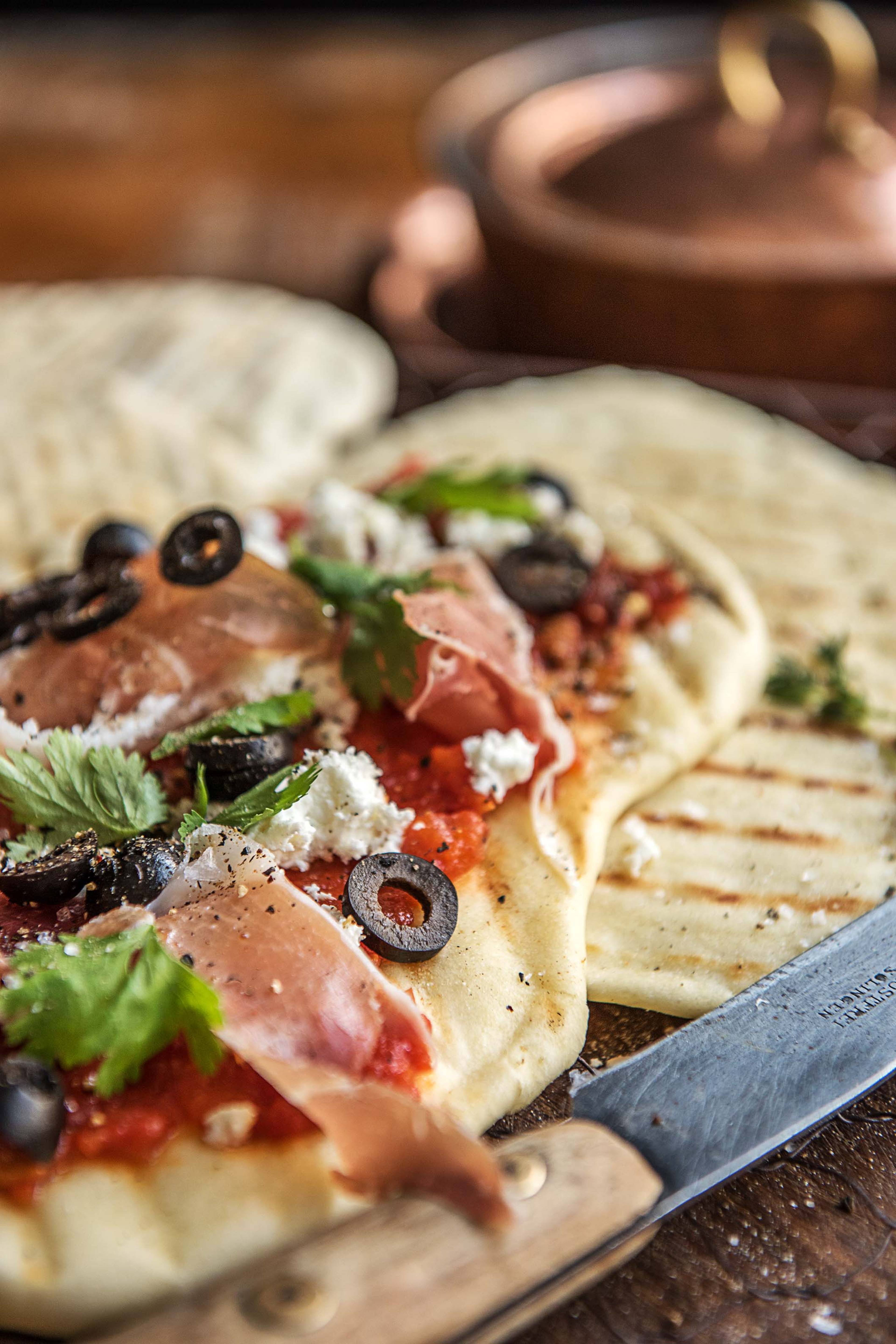History of Pizza: Who Invented It, and Where?
History of Pizza: Who Invented It, and Where?
Pizza may be America’s favorite food, but this cheesy treat didn’t start in the United States. Sure, it beat out steak, tacos, pasta, and hamburgers as the food most Americans would like to eat for the rest of their lives. But is pizza American? Or—in homage to its culinary and linguistic roots—is pizza Italian?
Plenty of cultures might like to claim it as their invention. But depending on how you define it, the origin of pizza goes back as far as ancient times. The doughy delight evolved from flatbread, which has been around since the ancient Greeks, Romans, Persians, and Egyptians. An early record of pizza’s historic predecessor comes from one of Rome’s greatest poets, Virgil. In his 19 BCE epic Aeneid, he writes of Trojan citizens fleeing their city’s destruction and landing in Latium, Italy, where they found themselves ravenous after their journey. Still hungry after their meal of mushrooms and herbs cooked on stale round loaves, the travelers also ate the serving cakes. The hero’s son Ascanius then declared, “See, we devour the plates on which we fed!”—making pizza history.
The convenience of plating savory fare atop dough rounds may have first been announced by Ascanius, but pizza’s portability—and taste—have made it the late-night snack and sidewalk lunch of choice. So how did pizza become so popular? Read on.

Where Was Pizza Invented?

Who Invented Pizza?

In What Year Did the World’s First Pizzeria Open?
How Did Pizza Become So Popular in the United States?
So, Is Pizza American?
